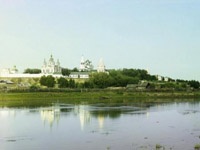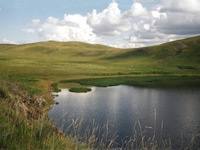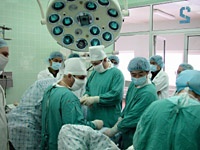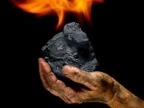 |
|
|
|
Social and natural resourcesHistory and culture First caveman settlements appeared in the area 11 thousand years ago. Archaeologists have found several hundred settlements dating back to the Stone, Iron, and Bronze Ages. The name of the Oblast stems from the word "kurgan" - a barrow or an artificial mound, a tomb of a nomadic warrior. In the Middle Ages these lands used to belong to the Golden Horde and the descendants of Genghis Khan. First Russian settlers appeared here only in XVI century. The St. Dalmat monastery is considered to be the first large settlement here. It became the centre for the missionary, trade, and defence activities of the Russians.
Russian peasants founded the Kurganskaya Sloboda (Kurgan Burg) in XVII century. By the middle of XVIII century this fortress had three fortification lines, about a thousand soldiers, and 28 cannons. The garrison of the fortress was by far the biggest for hundreds of miles around.
Natural resources The terrain of the Kurgan Oblast is flat. Very fertile soil is the principal natural wealth of the region. Fossil and raw material resources of the region include:
One fifth of the area - 1.77 million hectares - is covered by woodland. The estimated quantity of timber is 100 million cubic metres, conifers amount to about a half of this.
Population and labour resources The total population of the Oblast is 960 thousand people. Most of the people - 56.6% - live in 9 cities and towns. Kurgan (334 thousand people) and Shadrinsk (81 thousand people) are the two biggest. The economically active population of the city is 442 thousand people.
Science Matching the agrarian development of the Oblast, the agricultural science of Zauralye (lands beyond the Urals) is well-advanced. Here we have the Kurgan Science and Research Institute of Agriculture and the T. S. Maltsev Kurgan State Agricultural Academy. The Russian Ilizarov Scientific Center for Restorative Traumatology and Orthopaedics is world famous in the sphere of medicine.
|
|
| Regions | Project participants | Investment projects | Consulates and Trade Offices | News and Analysis | About the Project |
|
© RusBusinessNews, 2009. All rights reserved. Establishing a hyperlink to RIA RusBusinessNews is required for using any of the material published on this website. News and analytical reviews are translated into foreign languages by the TRANSLIT Translation Agency |
«Sum of technologies»® Web design Site promotion |





